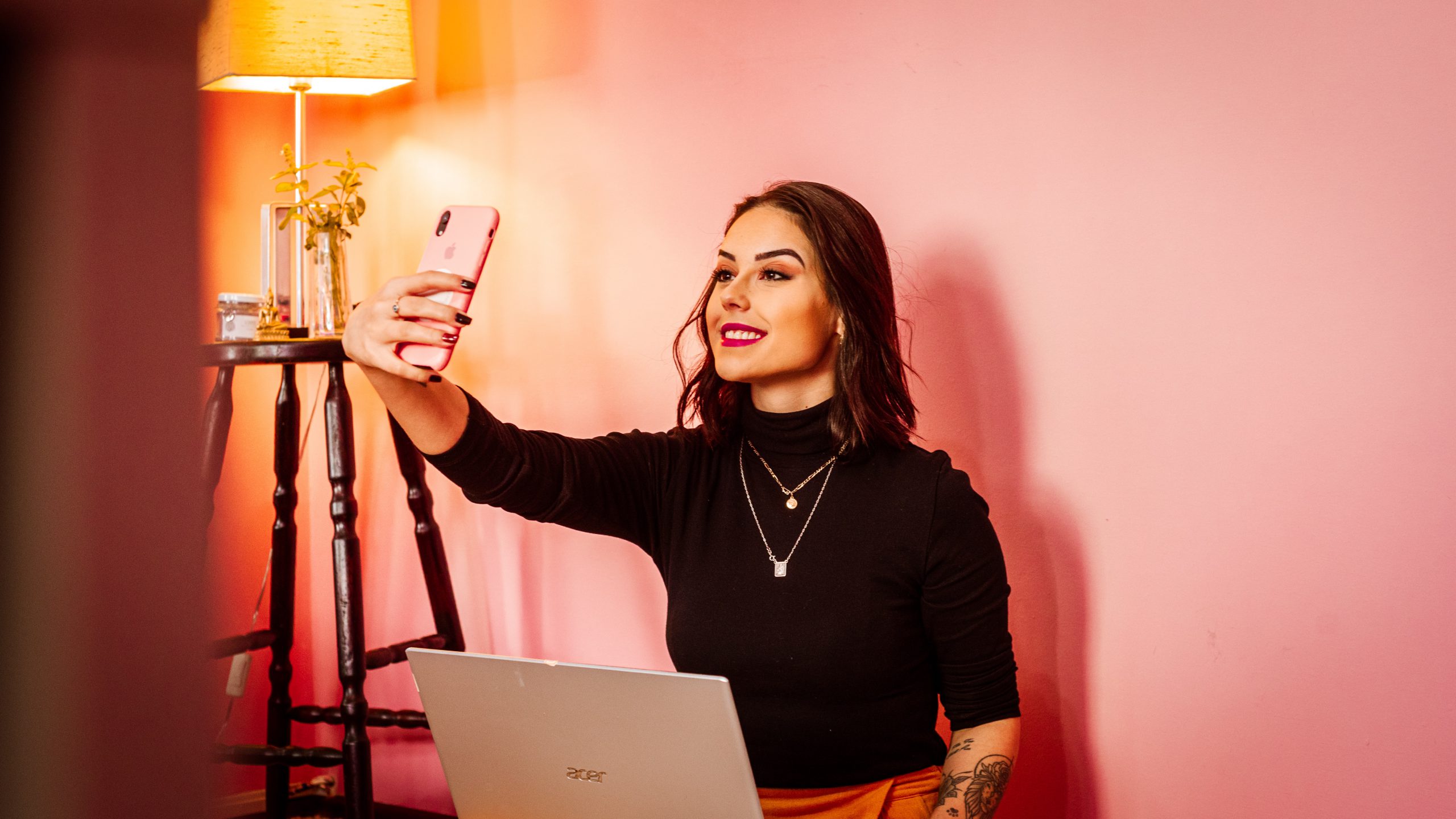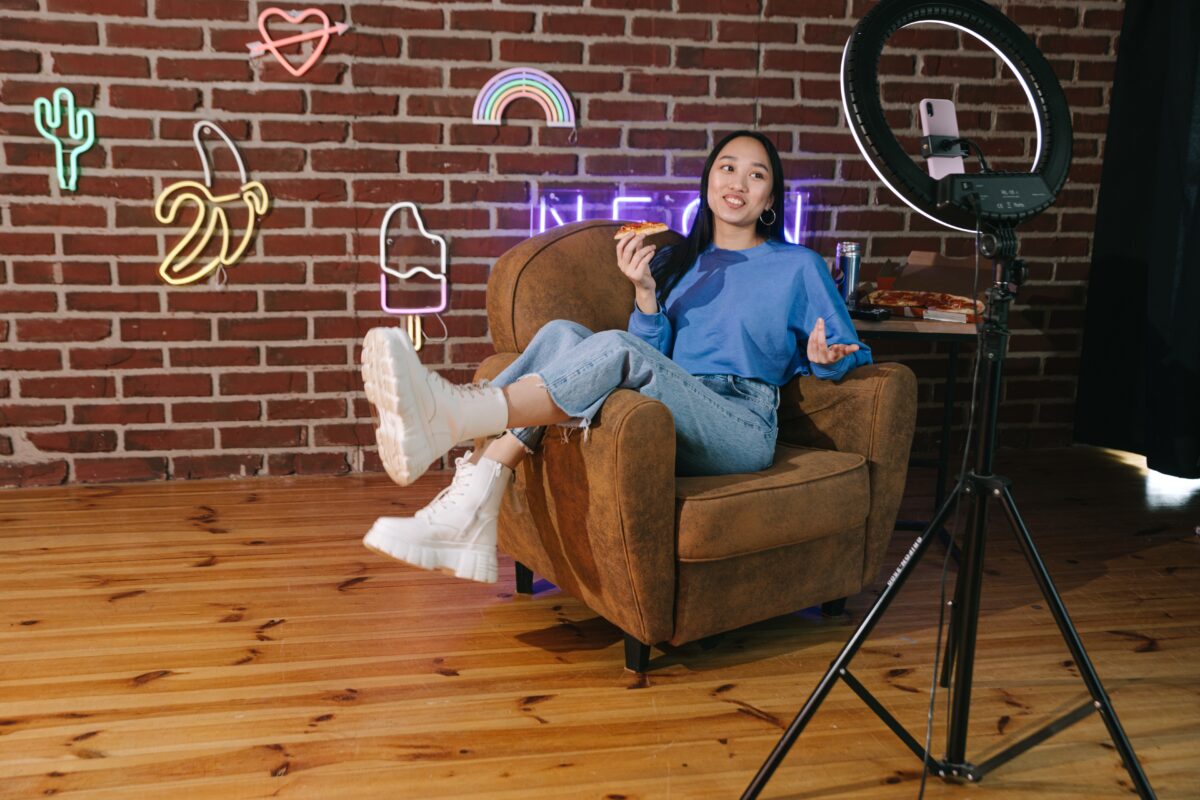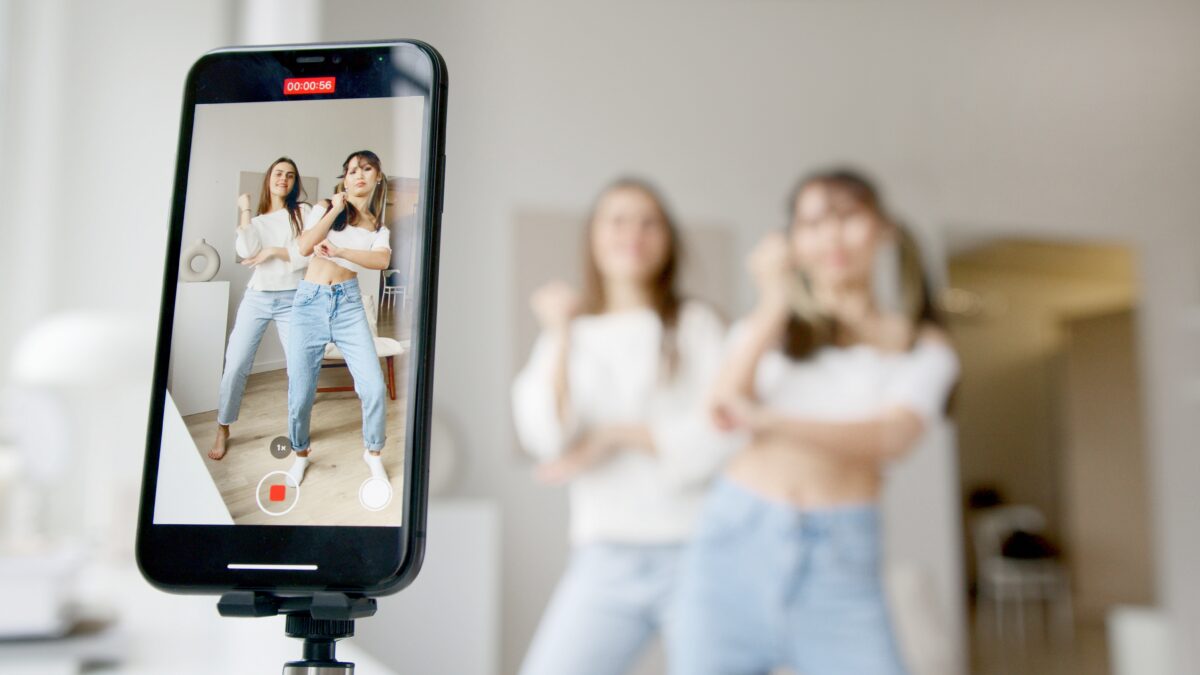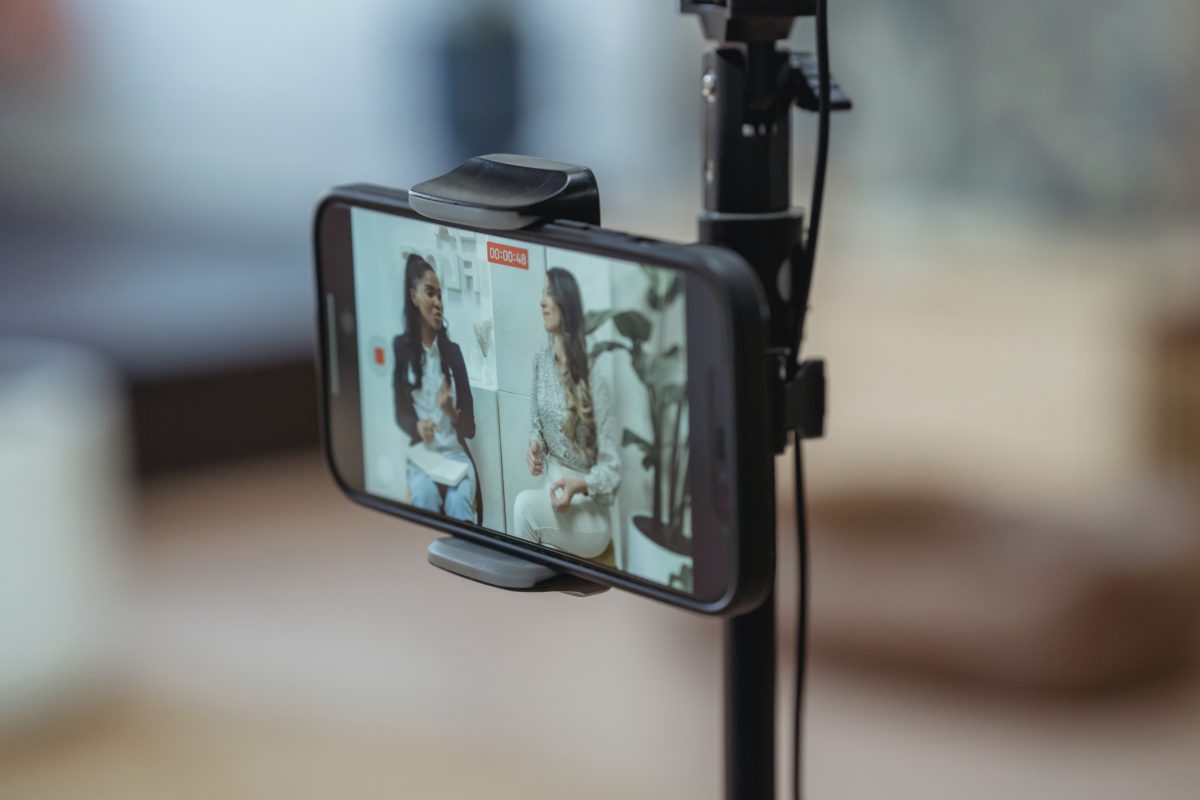Influencer marketing has rapidly transformed into a powerful strategy for businesses to forge connections with their target audiences in recent years. The undeniable fact that 92 percent of marketers recognize influencer marketing’s efficacy speaks volumes about its impact. Yet, what truly distinguishes influencers from the … Continue reading “The future of influencer marketing: Combining digital influence with physical products”
7 tips to become a successful fitness influencer [plus examples]
A fitness influencer promotes an active and healthy lifestyle on any given social media platform. Sounds simple enough, right? But there is so much more to becoming a successful fitness influencer who not only offers advice and support but also works with brands to promote … Continue reading “7 tips to become a successful fitness influencer [plus examples]”
Influencer marketing: 7 tips to know before starting your first campaign
Once considered the “new kid on the block” of digital advertising, influencer marketing has risen in both popularity and effectiveness (when done right). Brands are expected to spend up to $15 billion on influencer marketing in recent years, according to Business Insider. In the simplest … Continue reading “Influencer marketing: 7 tips to know before starting your first campaign”
10 ways you can creatively and digitally promote your business
In the ever-evolving landscape of digital marketing, using creative strategies is imperative for businesses aiming to stand out and capture the attention of their target audience through digital promotion. The following are 10 effective ways to digitally promote your business, emphasizing innovation and engagement. From … Continue reading “10 ways you can creatively and digitally promote your business”
Choosing the right platform for influencer marketing: A comprehensive guide
Understanding Influencer Marketing: A Key Digital Strategy Influencers are online personalities who use social media platforms to share their interests, hobbies, professions and ultimately their brand. As a result, they are followed by an engaged audience on at least one or more platforms. Influencers can … Continue reading “Choosing the right platform for influencer marketing: A comprehensive guide”
7 tips for finding the right influencers for your digital marketing
Influencer marketing is easier said than done, especially when it comes to finding the right influencers for your brand and digital marketing campaigns. Simply put, influencer marketing involves increasing brand awareness, targeting new and niche audiences and increasing impressions and reach through a partnership with … Continue reading “7 tips for finding the right influencers for your digital marketing”
Nano influencers: 5 tips to grow your brand awareness
When it comes to influencer marketing, it’s often best to think small. Think nano influencers. Nano influencers are content creators with between about 1,000 and 10,000 followers (although this range can vary). They typically create content around a specific topic that they’re passionate about, which … Continue reading “Nano influencers: 5 tips to grow your brand awareness”
8 tips for a successful social media takeover
Looking to shake up your brand’s online presence? Consider a social media takeover. A social media takeover is a form of influencer marketing where you grant posting privileges to a person of interest for a predetermined period of time. This can be an influencer, expert … Continue reading “8 tips for a successful social media takeover”

![7 tips to become a successful fitness influencer [plus examples]](https://www.dailystory.com/wp-content/uploads/2021/06/victor-freitas-qZ-U9z4TQ6A-unsplash-1200x800.jpg)






